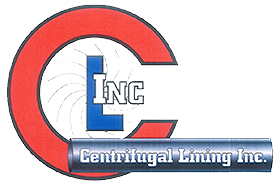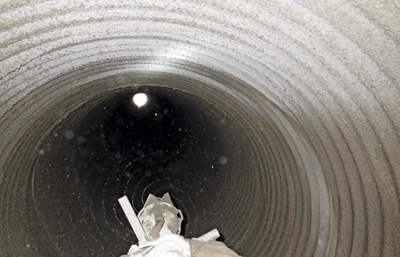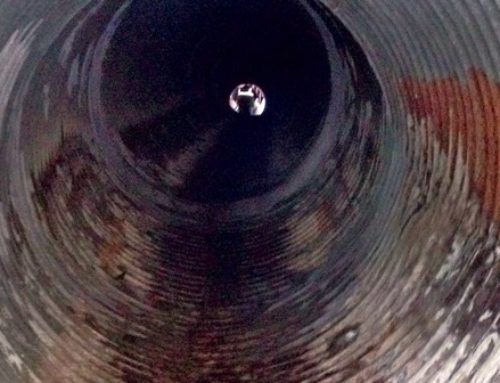One of these technologies may be cost-effective for your operation.
Our aging sewage infrastructure needs $300 billion worth of repair, restoration, and/or replacement during the next 20 years, according to the 2013 American Society of Civil Engineers’ “Report Card on American Infrastructure.” Similar dire assessments apply to the underground pipes and culverts that divert stormwater. Luckily, we live in a golden age of infrastructure. New rehabilitation technologies have emerged and matured.
Centrifugally cast concrete pipe (CCCP)
How it works: A spincaster applies thin coats of fiber-reinforced cementitious material, or Permacast mortar, to the inside of the pipe to form a waterproof structural enhancement that adheres tightly to the original pipe. The material’s rust inhibitors prevent corrosion and inhibit abrasion. Structural stability and engineer requirements dictate how thick the layer of material should ultimately be.
Benefits: High-tensile strength; cures quickly; adheres to CMP, cast iron, steel plating, brick, and clay. It can be used on elliptical and other irregularly shaped pipes. Staging areas are modest, bends aren’t an issue, flow reduction is minimal, and work can be interrupted and resumed without leaving seams.
Primary applications: Used for decades to repair manholes, Centri-Pipe is a relatively new rehabilitation method for bridges and culverts and has been successful in large-diameter projects (storm and sanitary sewers 30 inches to 120 inches in diameter) for more than 15 years. The process was developed by AP/M Permaform (Action Products Marketing Corp.) of Johnston, Iowa, in 1985.
Good to know: Don’t apply if ambient and surface temperatures are expected to fall below 45 degrees F or rise above 100 degrees F within 72 hours of placement. Both ambient and substrate temperatures must be at least 45 degrees F at placement unless cold or hot weather American Concrete Institute practices are followed.
Cured-in-place pipe (CIPP)
How it works: A trenchless lining technology that’s been around since the 1970s. Flexible, resin-saturated tubes are pulled into existing pipes, expanded with water or air pressure, and exposed to heat or ultraviolet light to stiffen. Curing takes five to 30 hours, depending on diameter.
Obstructions in the existing pipeline, such as protruding laterals, must be removed before installation; flow must be bypassed during installation. CIPP usually isn’t considered a structural replacement; it can negotiate minimal bending radii only.
Benefits: Because it’s a trenchless technology, excavating for access and installation is required only for pipes greater than 60 inches in diameter. Normally, the liner can be installed through a manhole or other existing access point.
Good to know: Cost-effective for pipe diameters 4 inches through 36 inches. Diameters 42 inches and larger are custom- made to meet project-specificdiameter and thickness requirements and can be prohibitively expensive. Because the liner doesn’t adhere to the existing pipe, groundwater can seep between the host pipe and the new liner. This prevents the liner from fully curing., which can set the stage for leaks and other future problems.
High-density polyethylene sliplining (HDPE)
How it works: Instead of a liner, new HDPE pipe is pulled inside the old pipe. With structural grouting of the annulus, the sliplining pipe produces a structural pipe within the old pipe.
Benefits: Cost-effective and the necessary tools and equipment are widely available. Segmental sliplining may not require bypassing of the existing flow.
Good to know: Requires large staging areas and almost always reduces flow capacity due to replacement pipe’s smaller diameter. Installation requires excavation at the insertion and receiving pits.; sewer laterals must be reconnected via excavation. Continuous sliplining generally requires bypassing the existing flow.
— Author: Angus Stocking, L.S. (www.infrastructurewriting.com) is a licensed land surveyor and technology writer in Paonia, Colo.



